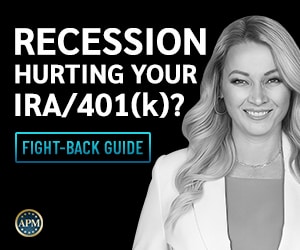What is Working Capital Cycle?
Working Capital Cycle is a period of time that shows how the company can convert its working capital into revenue.
Perhaps you have heard a lot about the working capital cycle, or maybe you have listened to the term WWC used in many discussions in the business world as well. This may lead you to wonder more about these issues, so this article will be highly beneficial in providing the clarity you seek concerning these terms.
Before we define those terms, it is a good idea to look at the term working capital to provide more clarity concerning the terms of the working capital cycle or WCC. Thus, it is understood that the working capital is the measurement of assets at present with the subtraction of the liabilities at present, affecting its balance sheet. When there is careful diligence applied to surveying a transaction, there is the analysis of the history of the working capital each month for the span of two to three years for the sake of being able to gain a clear comprehension regarding the true amount of funds that the business requires to have enough support for operational costs.
Working Capital Cycle days Formula
Working Capital Cycle = Inventory days + Receivable days – Payable days
or working capital cycle days formula based on sales:
Working capital cycle = Working capital averaged for a period of time / Income from sales?
(In reports, we can read this term as we cycle. )
When you hear reference being made regarding the working capital cycle, this refers to the period of time for current net assets and the inclusion of current liabilities to turning over to actual cash. The longer this process takes, the more the company is engaged in investing its capital in other parts of the business without the business being able to earn profits on the designated capital. As a result, most companies tend to assay to collect receivables as quickly as possible to reduce the length of the working capital cycle. Another way companies also do this is by taking a long time to deal with issues about accounts payable.
Therefore, it is understood that a working capital cycle that is positive in essence seeks to bring balance to be incoming and outgoing payments to cause a minimization to the networking capital. This is also done to ensure the maximization of the free cash flow. Take into consideration, for example, that a company that engages in providing payments to all suppliers within thirty days and yet engages in collecting receivables up to sixty days is maintaining a working capital of thirty days. This cycle of thirty days typically must be backed by funds via an operational line at a designated bank when this is the case. With this being the case, the interest in this type of financial funding carries a weighty price that negatively impacts the company’s profits. Companies that want to see growth do need cash. Understandably, the most cost-effective way to grow a business is to ensure access to cash via reducing the length of the working capital cycle. Byers that are highly sophisticated is careful to review the working capital cycle regarding a target. This grants insight into management’s effectiveness concerning managing the balance sheet and the cash flow generation that is readily accessible.
























